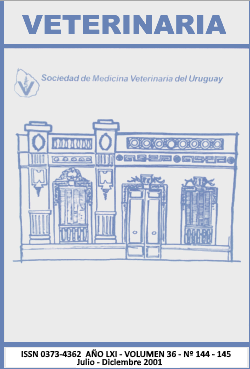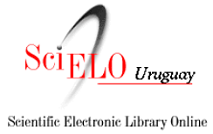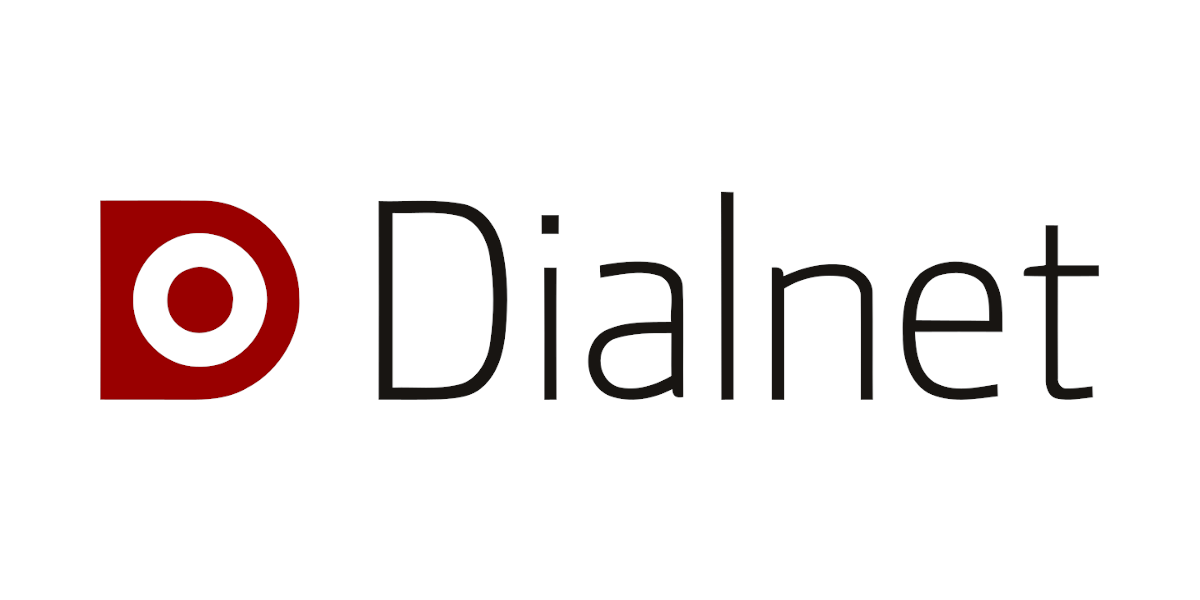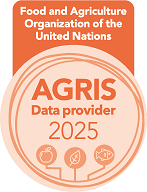Evaluation of Doramectin as a strategic dosage for sheep weaning
Keywords:
Doramectin, Nematodes, Strategic tratments, SheepAbstract
A study was done with the objective to evaluate de action of Doramectin against gastroontestinal nematodes (GN), as a strategic treatment of lambs, weaner either on safe pastures (low contamination/infestation of GN), or contaminated pastures (high contamination/infestation of GN). The experimental design was a factorial including: A) pasture contamination (safe or contaminated), B) antihelmintic treatment (doramectin DRM or ivermectin IVM) and C) frequency of treatment (only at weaning "0" or at weaning and 45 days later "0-45"). Groups were balanced by faecal egg count (FEC) and weight at weaning (WW) and then randomly allocated in 8 groups. One hundred and twenty lambs were distributed as: 1- DRM safe "0", 2- DRM safe "0-45"; 3- DRM contaminated "0"; 4- DRM contaminated "0-45"; 5- IVM safe "0"; 6- IVM safe "0-45"; 7- IVM contaminated "0" y 8- IVM contaminated "0-45". The DRM group was treated with DRM at 0.2 mg/kg oral. The "0" group were treated ar weaning and "0-45" group were treated at weaning and 45 days later. Safe pasture were prepared by grazing cows for 3 months before lambs were weaned, while contaminated pastures were prepared by grazing ewes and their lambs during the same period of time. Parasitic infection was monitored by FEC every 14 days and pooled sample was used to identify the generus present by larvae identification method. Body weight differences (p= o < a 0.05) were found in FEC between DRM and IVM. Body weight differences were also statically significant (p= o < a 0.05) between safe and contaminated pasture. It is concluded that FEC levels were affected principally by antihelmintic treatments and body weights by pasture allowance.











